5. Man on Fire (2004)
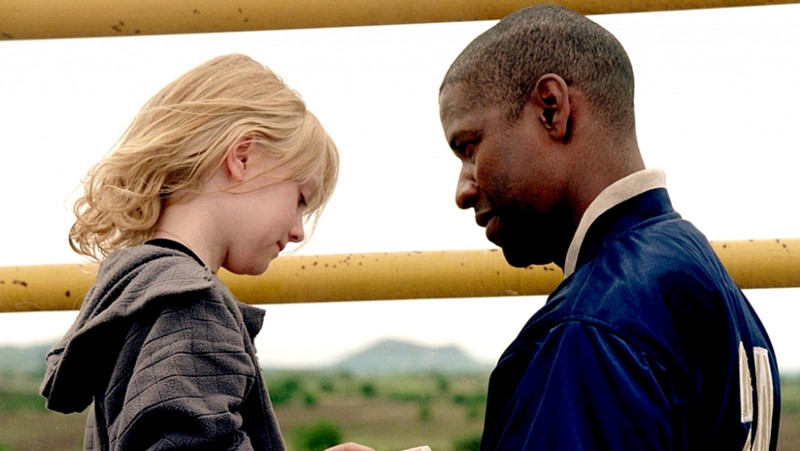
Original: The 1987 original starred Scott Glenn as a tough-as-nails bodyguard who goes revenge-happy when the little girl he was charged with protecting is kidnapped. Despite being heavily inspired by a true-life tale, the synopsis screams of the countless inspired 80’s “Death Wish” clones, and the resulting movie gave us little reason to disagree. The critics were unanimous in this thought as well, and the movie was quickly forgotten.
Remake: Visual stylist Tony Scott (ironically meant to direct the original version before producers dropped him) jumped on board to remake it, with a nuanced script by Brian Helgeland (“L.A. Confidential”) and Scott regular Denzel Washington taking on the gruff action lead. Washington’s scenery chewing and the film’s no-nonsense attitude resulted in a unique and exciting take on a formulaic revenge story, regardless of Scott’s “City of God” inspired editing threatening to go off the deep end.
Why Superior? With the original, Glenn impressed, but the result is little more than a passable grimy 80’s thriller. With Scott’s take, he cleverly had us emotionally invested in the central relationship of Washington and his primary charge (played by excellent child actor Dakota Fanning) before the action plot kicks in.
From there, it’s a no-holds barred, vicious but exhilarating ride through the dark Mexican crime world that doesn’t let up until its final moments. Scott’s style was polarizing, but unlike the original, he can’t be accused of lacking passion for his material in this much stronger and refreshing take on the material that stands as his last great picture.
4. The Fly (1986)
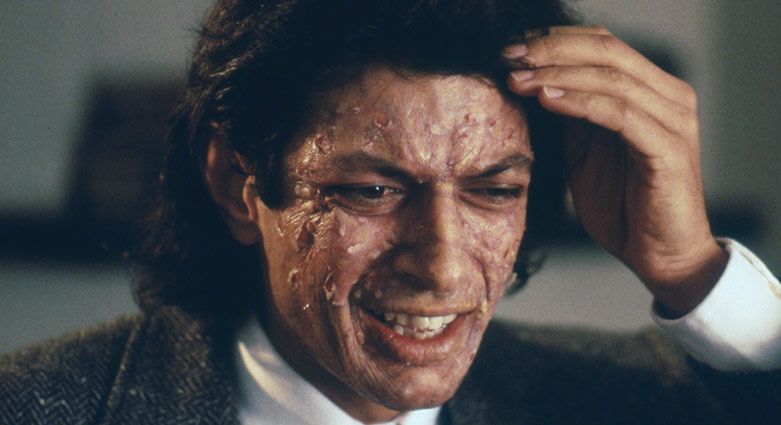
Original: The 1958 original, starring Vincent Price, was a goofy monster movie made in the heyday of science-inspired horror films. It managed to crank a successful run at the box office (with two sequels), a decent enough critical response, and some inventive if low-budget thrills. Still, it stands as a decent if hardly relevant monster movie of that era and not much else.
Remake: Unorthodox horror maestro David Cronenberg tackled a remake of the silly concept, yet turned proceedings on its head. In a surprisingly grounded, emotional take on the ‘human fly’ concept with involved performances from Jeff Goldblum and Geena Davis, coupled with some fantastically gooey 80’s effects, it resulted in a rare mainstream commercial success for Cronenberg and a highly regarded movie to this day.
Why Superior? Price’s hammy original is fun for an old-school kick, but Cronenberg’s take is really superior in every facet, from the stellar work from his leads to the jaw-dropping effects. Yet its biggest win is with its understanding of the classic monster movie formula; it’s an emotionally devastating tragedy above all the thrills and chills, resulting in a film that is continents away from its goofy original.
3. Cape Fear (1991)
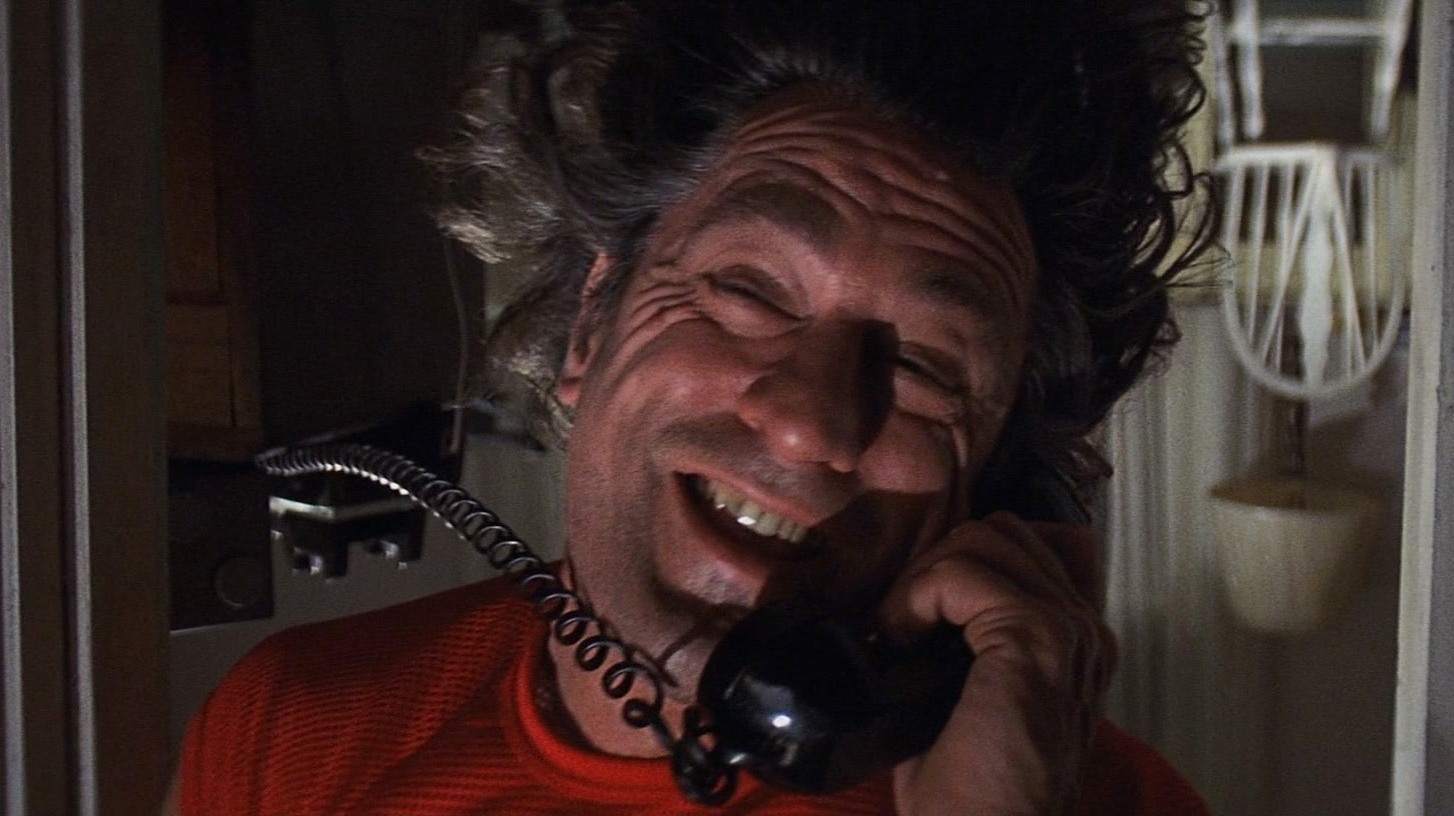
Original: The 1962 original pitted two headline stars against each other in a Noirish suspense exercise – Gregory Peck’s straight-arrow lawyer is harassed by Robert Mitchum’s creepy ex-con.
J. Lee Thompson brought his professional ability of cranking out an efficient movie saddled with strong material and meaty performances, and its dark swampy atmosphere and Bernard Herrmann’s haunting score elevate proceedings for this respected thriller.
Remake: After a brief flirtation with Steven Spielberg in the director’s chair, fellow ‘movie brat’ Martin Scorsese stepped in as director for this remake, bringing with him his present muse Robert De Niro in one of his most frightening villainous roles and impressive physical feats, as the pure muscle boogeyman Mac Cady.
Despite its dark and disturbing psychosexual tones, “Cape Fear” had its heart set on being a crowd-pleasing roller-coaster ride and proved to be one Scorsese’s biggest commercial successes at the box-office (up to that point).
Why Superior? When Scorsese tackles older material, he puts his stamp on it in a manner that makes it completely his own. As an example, his other excellent remake “The Departed” (2006) is just a smidgen inferior to the sharp plotting of “Infernal Affairs” (2002), hence its non-inclusion on this list.
“Fear” is a rare purely commercial venture for the master filmmaker, and he throws everything but the kitchen sink at us in terms of captivating style. De Niro’s lead is the last of his captivating large performances, but the good guys (Nick Nolte, Jessica Lange, Juliette Lewis) are equally strong if less showy.
Despite Scorsese’s barnstorming style leaving the original in the dust, he lovingly acknowledges the original (with cameos from Peck and Mitchum, and Herrmann’s chilling themes replicated by Elmer Bernstein), yet it stands far above it.
2. Heat (1995)
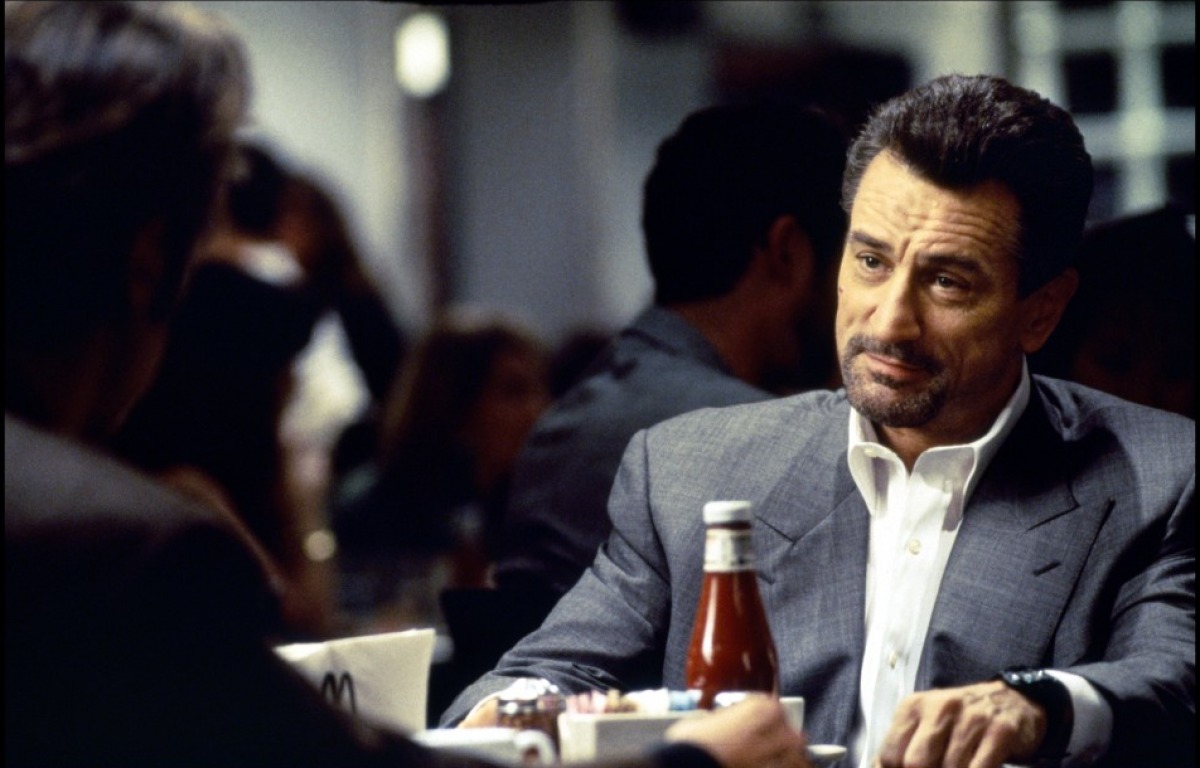
Original: Back when Michael Mann was the “Miami Vice” guy and not yet the respected filmmaker recognized today, he attempted to get a new TV show off the ground inspired by real-life cases from Chicago cop Chuck Adamson.
The pilot was a truncated version of a much larger screenplay he had written beforehand, with the idea that the plot would play out during the season. When NBC passed on the show, they released the leftover pilot as a TV movie named “L.A. Takeover” (1989), which was lukewarmly received due to its subpar cast and average cops-and-robbers drama.
Remake: In the mid-90s, Mann had gained enough clout to return to his epic screenplay and make it exactly the way he always wanted. It was retitled “Heat” and collected one of the most stellar casting coups of the 90s – the film pitted robber Robert De Niro head-to-head with cop Al Pacino in their first onscreen coupling (they both had starred in “The Godfather Part II” (1974) but never shared screen-time).
Why Superior? Mann dismissed “L.A. Takedown” over the years, stating it was simply a ‘dry run’ for his superior version, and no truer thing can be said when comparing the two.
Every aspect of “Heat” is superior – the stellar performances, the meatier script, Dante Spinotti’s stunning cinematography, the trendsetting kinetic action scenes, and Mann taking the familiar formula and elevating it for decades of crime movies. “Heat” is a prime example of how an ideal production situation with quality elements can elevate a movie into classic status over an uninspired execution.
1. The Thing (1982)
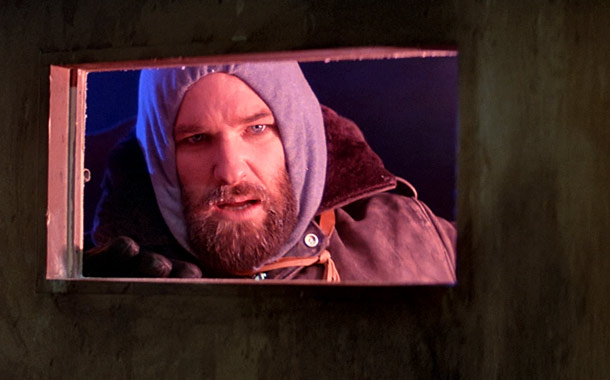
Original: Old-school horror “The Thing from Another Planet” (1951), directed by Christian Nyby (under the heavy supervision of producer Howard Hawks), was a sizeable hit in its day.
A strong example of the growing trend of sci-fi-flavored monster movies during the era, it carved a top spot for itself amongst its contemporaries due to Hawks’ trademark dynamite characters, a chillingly creepy atmosphere, and a claustrophobic tension – although a minority criticized its decision of its obvious creature over the original short story’s (“Who Goes There?” by John W. Campbell Jr.) more unconventional creature.
Remake: There’s no bigger fan of Hawks than director John Carpenter, which made the decision for him to remake his hero’s rare horror effort all the more confusing. Yet Carpenter cleverly returned to the source material’s concept of its monster able to replicate any living tissue, adding a whole fresh nail-biting angle to the retread. And with the added caveat of special effects maestro Rob Bottin taking on the practical challenges, it was an enticing new take on older material.
Why Superior? Carpenter’s remake crashed and burned at cinemas at the time of release (Spielberg’s friendly alien “E.T.” had sadly stolen much of its box office thunder), but over the years, it has rightfully been reassessed as one of the best horror films ever made, with its fantastically doom-laden atmosphere, a crackingly clever script that has a group of sweaty character actors question each other’s loyalty at every tense turn, Bottin’s out-of-this-world special effects, and Carpenter blowing on all cylinders as a master of his art form.
It’s a unanimous given that the original is a fun monster movie, but Carpenter’s effort is his masterpiece, with one of the most chillingly bleak endings committed to film.